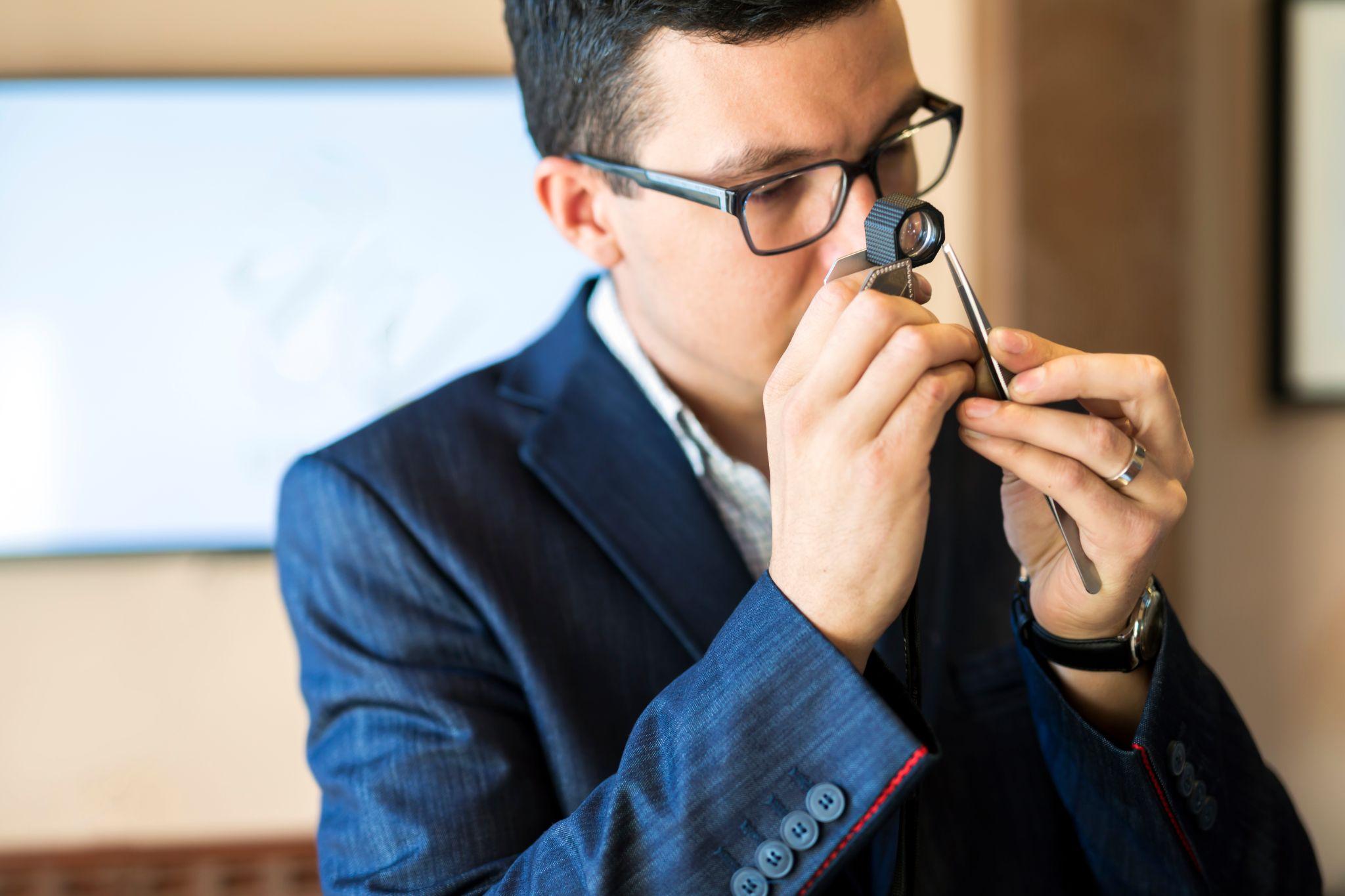Let’s face it. The majority of people aren’t diamond experts, and so you may not know how to tell if a diamond is fake. Although none of the following tips for spotting a fake diamond should be considered replacements for the professional experience and equipment of certified appraisers, they can help you decide which next steps to take.
Ways to Tell at Home if a Diamond Is Real
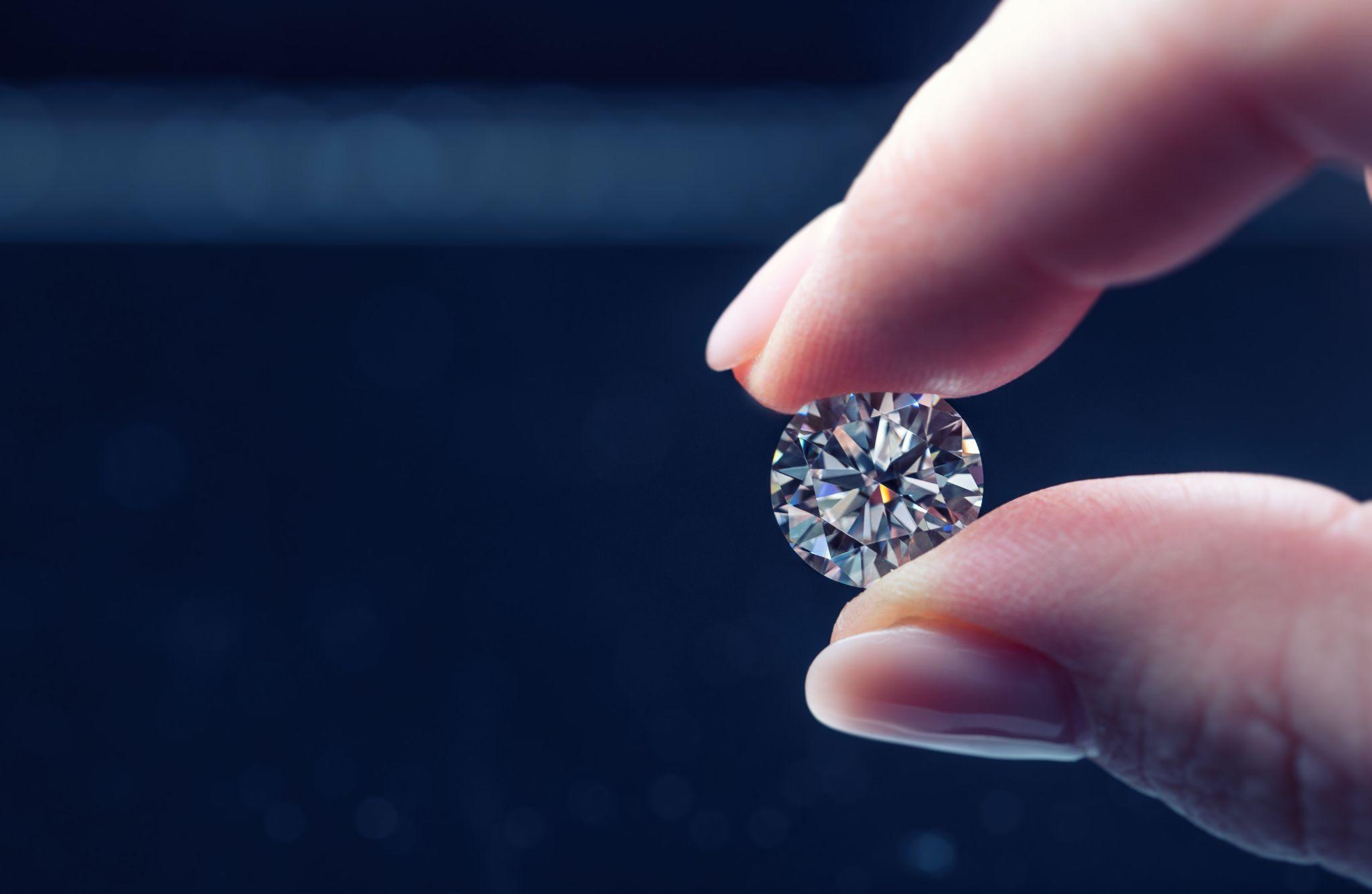
Diamonds have certain physical characteristics that can be confirmed or ruled out by conducting a range of at-home tests.
Visual Examination
Sometimes, it only takes a quick examination to know whether or not a diamond is fake. If the stone is set in a ring, take a look at the markings inside the ring. If it’s gold, you may see 10K, 14K, or 18K stamped into the material. PT or numbers like 950 or 770 indicate platinum and gold. A C.Z. stamp stands for cubic zirconia, which is not a real diamond.
The Water Test
This is one of the simplest tests for determining whether a diamond is genuine. Fill a drinking glass of regular size ¾ with water, take the loose stone, and drop it in the middle. If it sinks, your diamond is real. This is because diamonds are made with intense heat and pressure and so have high density. A stone that remains at the surface or just underneath is a fake.
The Fog Test
This test involves breathing on the loose stone to see if a fog forms. Just hold the diamond ring or the loose diamond between two fingers and release a short puff of air on it. You will see a fog forming on the surface.
If it disappears immediately, good news; your diamond is genuine. This is because diamonds are very effective conductors of heat. Therefore, if it takes a while for the fog to dissipate, chances are good that it isn’t genuine.
The Heat Test
This test involves heating the stone to see if it shatters. Note: if you like your jewelry regardless of whether or not your diamond is real, you may want to avoid this test, as your stone may shatter if it isn’t genuine.
All that’s required for this test is a glass of cold water, a pair of pliers, and a lighter. Pick the ring or stone up with pliers, and use the lighter to heat it for about 40 seconds. Then, drop it into the glass. As stated previously, diamonds are incredibly dense; in fact, they’re one of the planet’s strongest materials—and they are able to quickly dissipate heat. Therefore, a real diamond won’t react to the temperature of the cold water at all.
Refractivity Tests
There are two ways to tell how well your stone refracts light: the read-through test and the dot test.
The read-through test simply involves placing the loose stone or ring on a piece of newspaper, flat side down. If you can’t read the letters or words, the diamond is real. This is because the facets in a diamond refract light in various directions, making the words impossible to read.
For the dot test, take a piece of white paper, and use a pen or marker to make a dot. Looking through the diamond’s pointed end, try to make out the dot or a reflection of it in the stone. If you’re able to do this, your stone is fake.
What Techniques Do Gemologists Use?
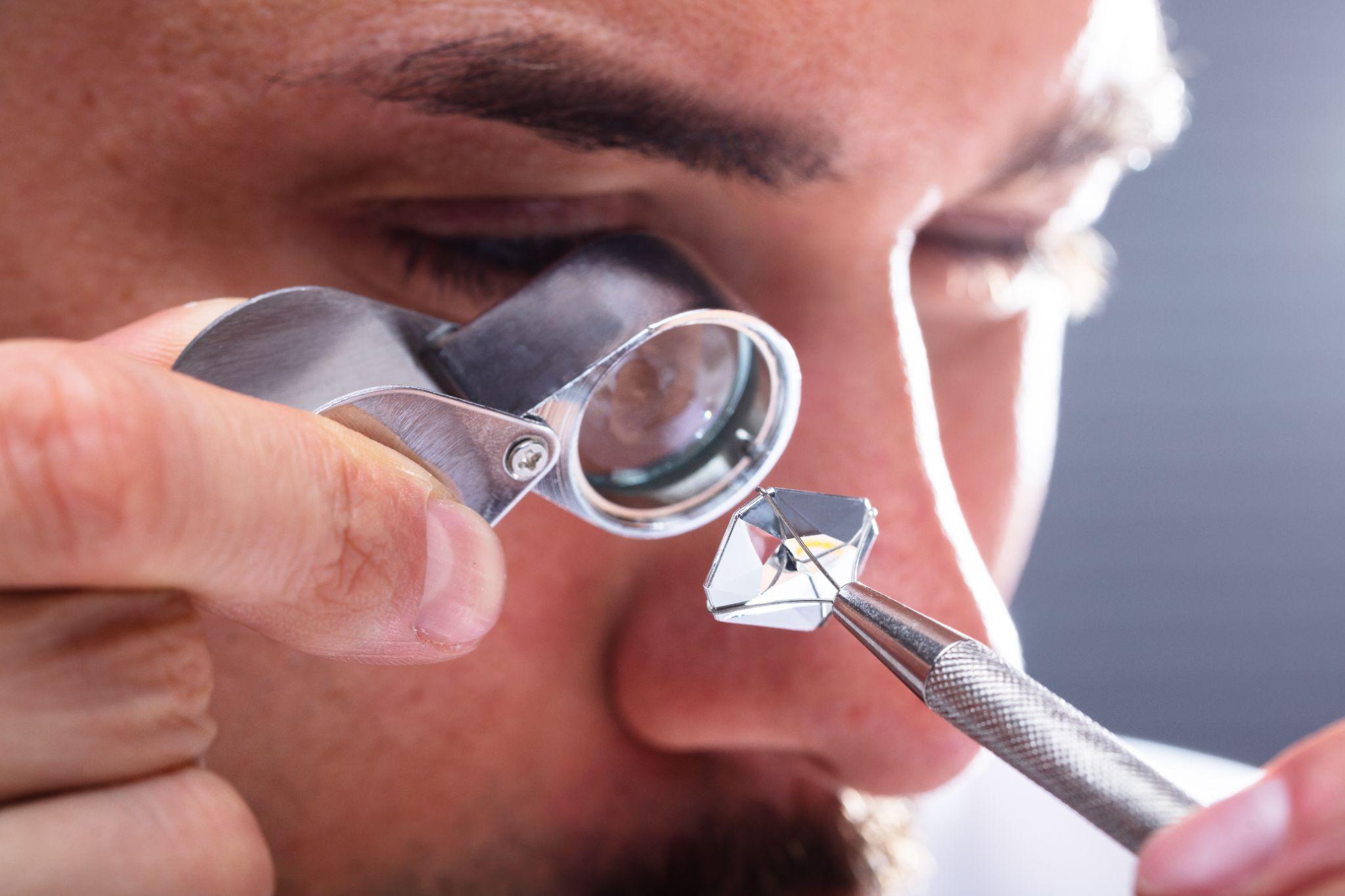
Gemologists are professionally trained and certified by the Gemological Institute of America or GIA. They use a range of special techniques and tools to determine if a diamond is real or fake, and they are top experts. So, really, they are the best individuals to provide you with a final confirmation.
The Loupe
A loupe is a handheld magnifying glass used specifically to examine jewelry and gemstones. A gemologist uses the loupe to look inside a diamond and identify any imperfections, called inclusions, in the stone. A fake stone will typically have very few to no inclusions.
Thermal Conductivity Probe
This tool is used to test the heat conductivity of a diamond by applying heat and then measuring the rate at which the heat dissipates.
While this is a very effective way to test whether a diamond is genuine, it should be noted that a stone made of moissanite will react in a similar way. Therefore, if you suspect that your stone is made of moissanite, it will need to be tested in another way.
Electrical Conductivity
Whether thermal conductivity testing may render an inconclusive result, electrical conductivity is far more reliable because diamonds are better electrical conductors than other stones, including moissanite. This particular stone will not conduct any electricity.
Diamond Scale
A diamond scale is a special instrument because it’s been fine-tuned to detect the small differences in weight, or carats, that confirm the authenticity of a stone. Genuine diamonds will weigh less than cubic zirconia and moissanite, which renders the water test inconclusive for those exceptions.
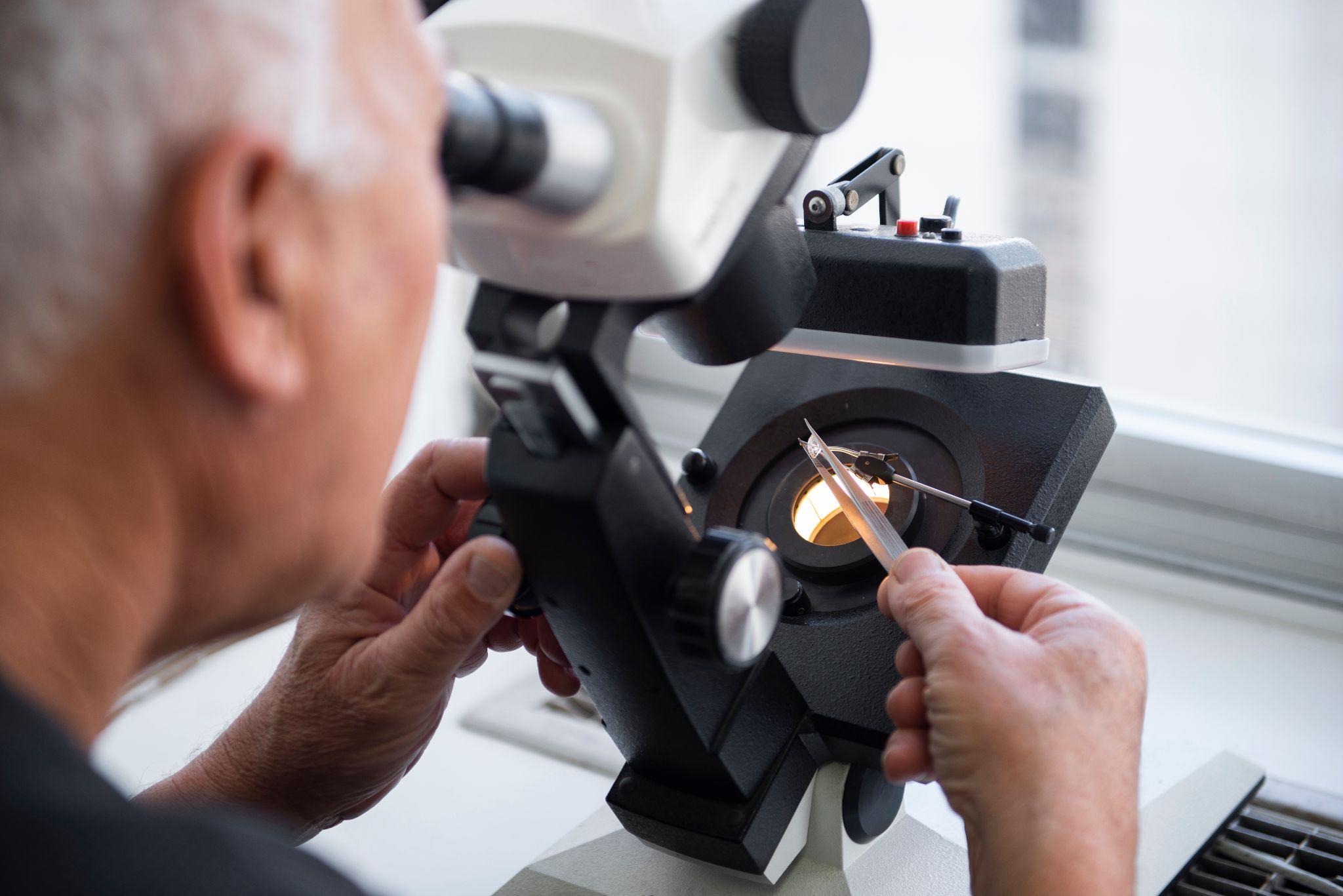
Microscope
A power microscope with high magnification allows experts to see the smallest inclusions and other details of a stone and determine whether it’s real or fake.
X-Ray
Experts also use x-ray machines to determine how genuine a stone is at the molecular level. For this test, your stone or ring needs to be sent to a diamond lab. A real diamond will be radiolucent or allow x-rays to pass through it, whereas a fake stone will be radiopaque.
How You Can Spot Other Diamond-Like Stones
Many gemstones do look like diamonds to the naked eye. Here’s how to tell them apart from real diamonds.
Recognizing Synthetic Diamonds
Synthetic or lab grown diamonds are very similar to natural diamonds in their chemical and molecular structure. Because of this, certain tests, such as the conductivity test, must be run by an expert gemologist. Confirming whether or not a diamond is real will be important if you plan to sell or insure the diamond.
Recognizing Cubic Zirconia
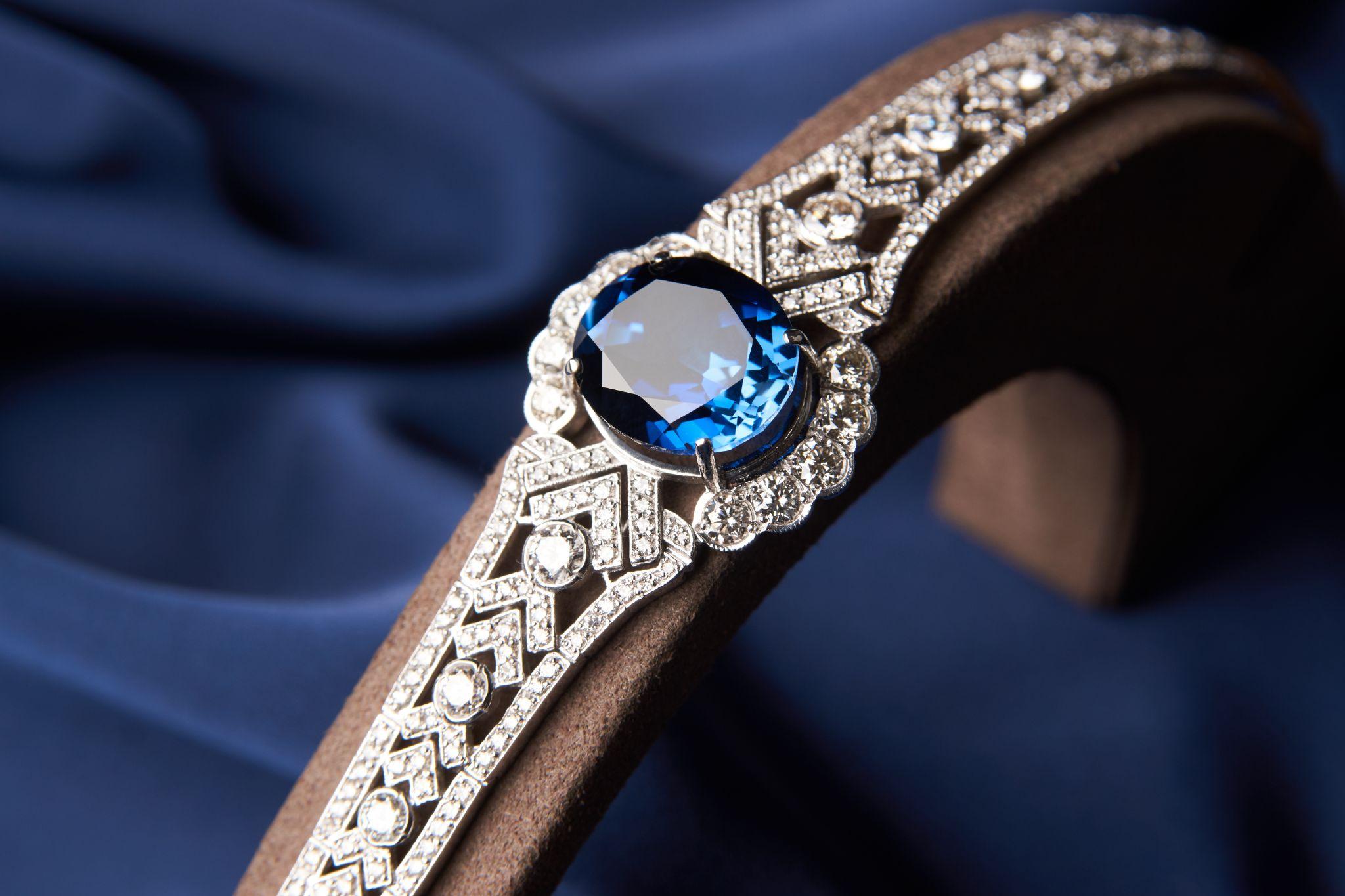
The first obvious difference is how the stone wears. Diamonds tend to be harder than most other stones. Therefore, when inspected under a magnifying glass or microscope, a diamond’s edges will look straight and sharp. A cubic zirconia, on the other hand, will have edges that look uneven and worn.
The next difference between the two stones is the light color. This refers to how the light appears when it enters and leaves the stone’s surface. To determine color, you will have to look at the bottom of the stone. If it’s a synthetic diamond, you will see only blue and orange flashing in the stone. A diamond will show all the colors in the rainbow.
Cubic zirconia also tends to reflect light in the orange spectrum, whereas diamonds reflect white light. These synthetic stones also won’t have the imperfections that diamonds do when examined microscopically.
It is a relatively easy process to recognize a cubic zirconia stone with simple tests like the sparkle and weight tests. A genuine diamond will offer far more sparkle than a cubic zirconia, which will also weigh more than a diamond.
Recognizing White Sapphires
Because they are clear in appearance, white sapphires are often used in place of diamonds, or even mistaken for them. But it’s easy to tell a white sapphire from a diamond; first, they don’t possess the same sparkle of a diamond.
Second, they don’t have contrasting light and dark areas like diamonds do. Therefore, when you look at a white sapphire, it will be blurrier in terms of dark and light separation.
Recognizing Moissanite Stones
In order to properly identify a moissanite stone, more sophisticated testing must be done by an expert. Typically, the electrical conductivity of the stone will be the most definitive and, so, most commonly chosen professional test.
Recognizing White Topaz Stones
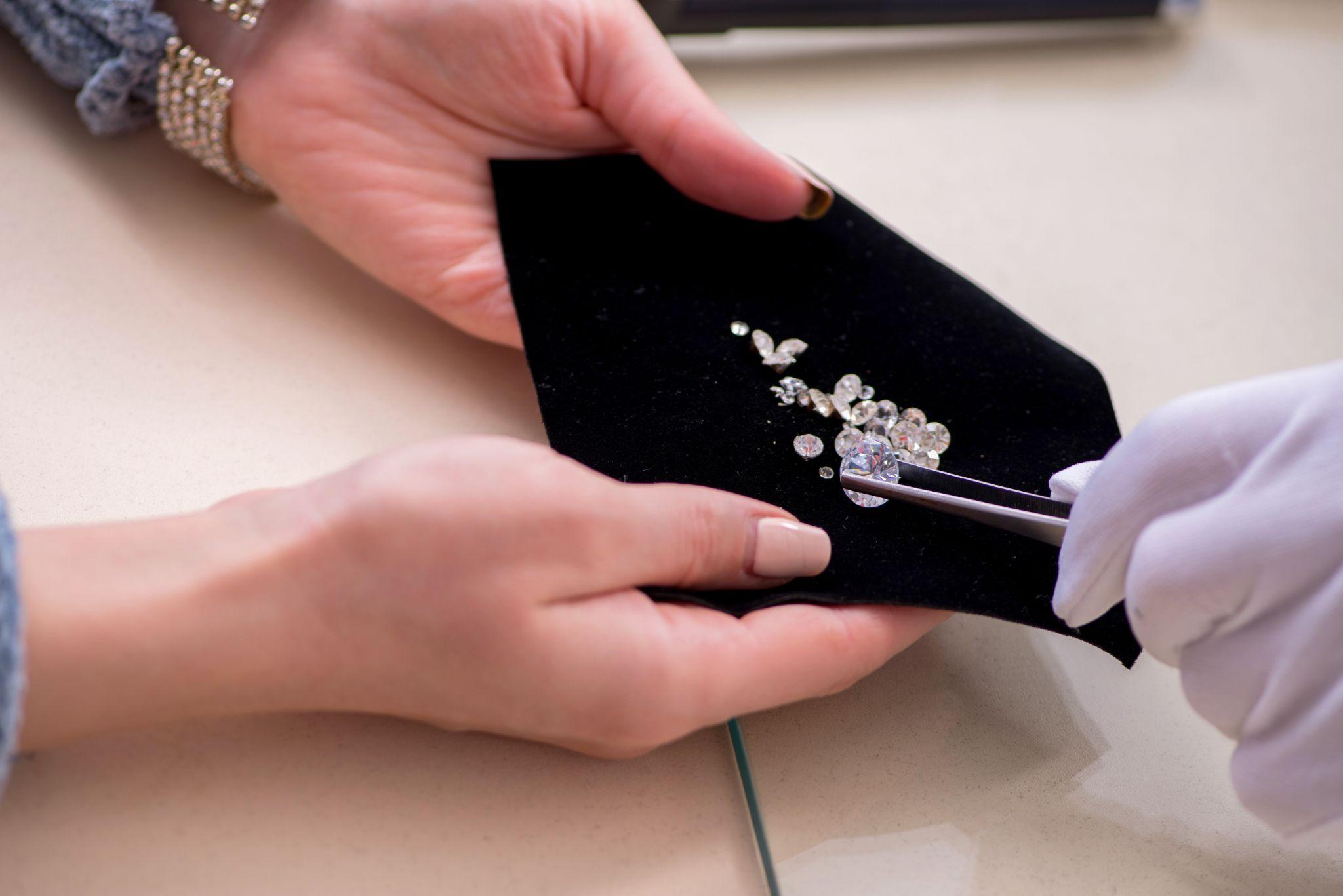
White topaz is yet another stone that can look like a diamond. However, closer inspection will reveal that white topaz has many unique identifying characteristics.
White topaz have a moderately scratchable surface, which can be easily seen when the stone is examined under magnification. Diamonds are far more durable than white topaz and won’t have scratches.
Should You Rely on Self-Testing Your Diamond?
It’s true that there are many ways to tell if a diamond is fake or real at home, such as the fog test, dot test, and water test. While many of these can give you a good idea about whether or not a diamond is fake, the best way to find out for sure is to get an expert appraisal by a certified gemologist.
The reason to have a professional appraise your jewelry is their level of expertise; they know how to use the sophisticated tools needed to determine the authenticity of diamonds and precious gems.
What About the Scratch Test?
You may have heard about something called the scratch test, which would measure the hardness of a stone by scraping it across a mirror to try to scratch it. However, despite the strength of diamonds, other stones like moissanite and cubic zirconia also tend to be dense, rendering this particular test largely ineffective.
That being said, it’s a better idea to try the other tests or get an expert to conduct them.
About Diamonds USA
Diamonds USA is a prominent online buyer of diamonds, as well as gold jewelry, silver, platinum, and palladium, in the United States. Since 2005, we have paid tens of millions to tens of thousands of customers for their unwanted diamonds or broken precious metal jewelry. We offer a quick and straightforward selling process, ensuring customers receive prompt and competitive offers for their items. Learn more about us or get your free, insured Appraisal Kit now:
